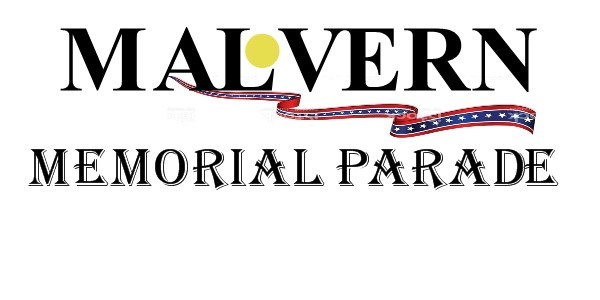 Of course you know about the Battle of Gettysburg, but did you know that next month is the 150th anniversary of the battle?
Of course you know about the Battle of Gettysburg, but did you know that next month is the 150th anniversary of the battle?
You may remember how after his victory at the Battle of Chancellorsville, VA, in May 1863, Robert E. Lee led his Army of Northern Virginia in its second invasion of the North—the Gettysburg Campaign. But did you know he did it to take the fighting away from war-ravaged Virginia and to weaken the North’s appetite for war and, especially, win a major battle on Northern soil and strengthen the peace movement in the North?
You remember Maj. Gen. George Meade commanded the Union army at Gettysburg, but did you know that up until three days before the battle Maj. Gen. Joseph Hooker was commander of the Union Army of the Potomac?
As history buff you may be able to recount the progression of the war; how on July 1 Confederate forces converged on the town from west & north, driving Union defenders back through the streets to Cemetery Hill. During the night, reinforcements arrived for both sides. Then on July 2, Lee attempted to envelop the Federals, first striking the Union left flank at the Peach Orchard, Wheatfield, Devil’s Den, & the Round Tops and then attacking the Union right at Culp’s and East Cemetery Hills. How during the morning of July 3, the Confederate infantry was driven from their last toe-hold on Culp’s Hill and in the afternoon Lee attacked the Union center on Cemetery Ridge. The Pickett-Pettigrew assault (Pickett’s Charge) momentarily pierced the Union line but was driven back with severe casualties. And finally on July 4, how Lee withdrew his army back toward VA.
There are many other interesting, little know facts about the Battle as well:
- After the battle 37,574 rifles left lying on the battlefield were collected: 24,000 were still loaded and 6,000 had 1 round in the barrel, 12,000 had 2 rounds & 6,000 had 3-10 rounds.
- There never was a shoe factory or shoe warehouse in Gettysburg.
- Not all the soldiers were men – several women were known to have fought disguised as men.
- The Confederate wagon train of wounded after the battle was 17 miles long.
- Although hundreds of civilians huddled in their homes as the fighting raged around them, Jennie Wade was the only civilian killed during the Battle of Gettysburg. She was struck by a stray shot while indoors, caring for a sick relative.
- More than 3,000 horses were killed at Gettysburg. Lydia Lyster, owner of the farmhouse used by Gen. Meade as his headquarters, found 17 dead horses in her yard. Her only compensation for the extensive damage to her property was selling their bones at a half cent per pound.
- After the battle the army paid 13 cents per pound for lead gathered by local civilians. After a boy was killed trying to open an artillery shell to get the lead pellets out the army refused to accept lead from children under 18.
- The Medal of Honor was created during the Civil War to honor personal acts of valor above and beyond the call of duty. Sixty-three men were awarded the Medal of Honor for their actions in the Battle of Gettysburg.
- The monument in the National Cemetery at Gettysburg is not to Lincoln, but to his speech, the Gettysburg Address.
Information from the Stone Sentinels and National Park Service websites.
